SUSPIRIA. The best horror films don’t have to be scary at all
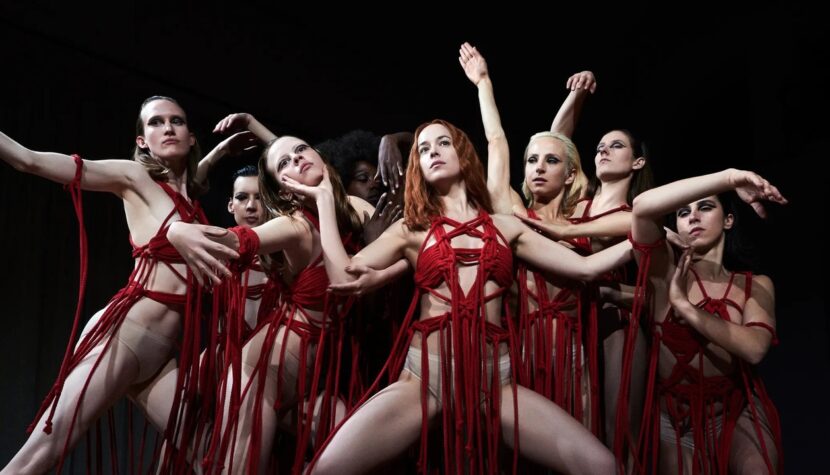
Suspiria surprises in many ways, but most notably – it must be said right away – it doesn’t scare at all.
The question remains whether it was ever meant to scare. Produced by Amazon Studios, this remake of Dario Argento’s 1977 cult horror film is a sea of contexts and cinephilic treats. Suffice it to say, Guadagnino moves the action to East Berlin in… 1977. The frightened girl from Ohio, Susie Bannion (Dakota Johnson), ends up in an unassuming contemporary dance school (not a ballet school in Freiburg, as in the original), ruled by the eccentric Madame Blanc (the excellent, androgynous Tilda Swinton).
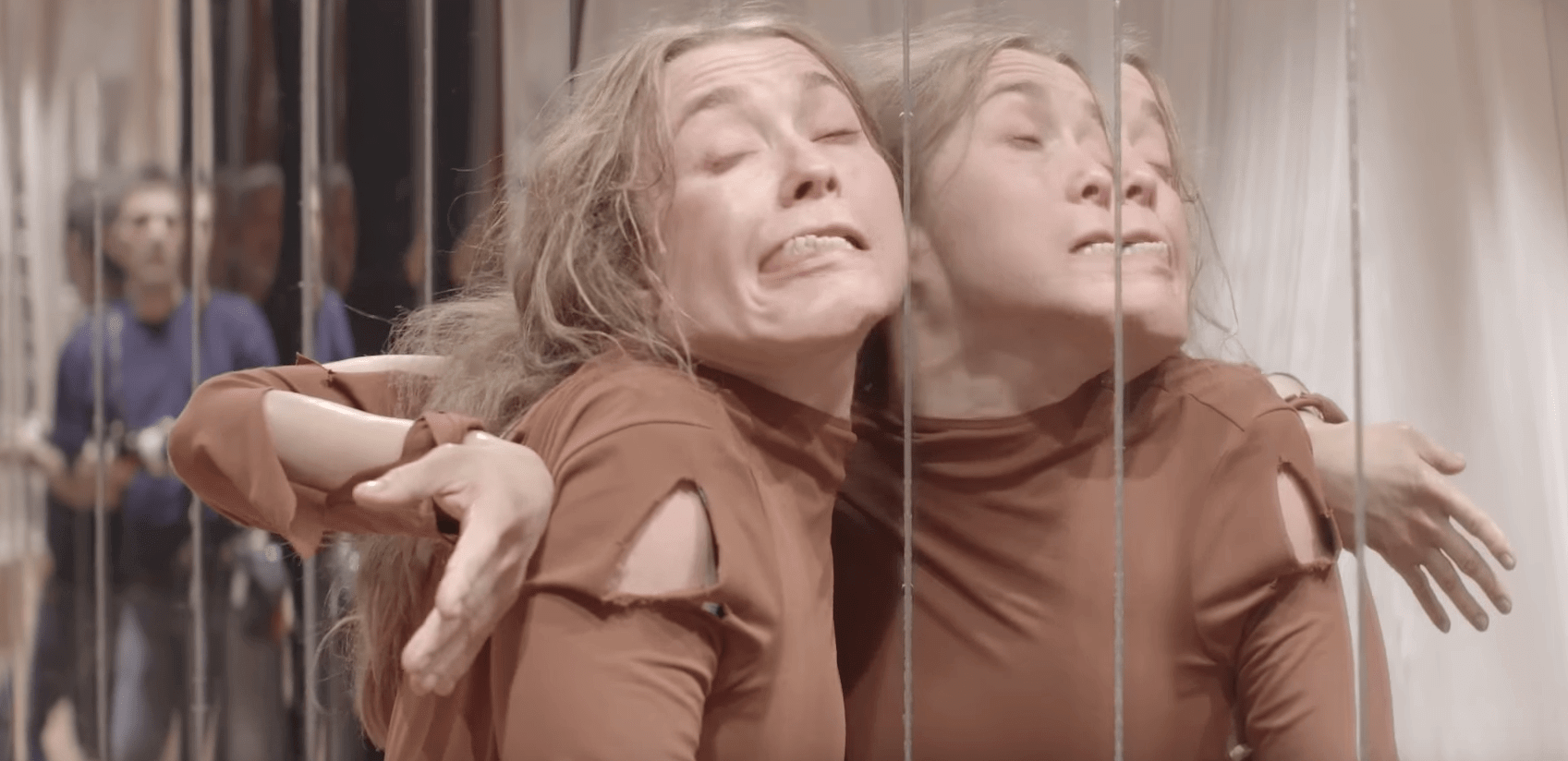
The commanding (and fear-inducing) trainer is clearly styled after Pina Bausch, the famous German dance reformer. The audition scene for Susie at the beginning of the film indicates to the viewer what the new Suspiria will focus on: a spasmatic dance-driven physicality, but primal, animalistic, repulsive. The dance movement here has much in common with exorcism, which perfectly connects not only with the scene and style of the Italian giallo genre but also with the dance style of the Berlin troupe (anyone who has seen Wim Wenders’ documentary Pina knows what I’m talking about).

The film’s structure is built on three intertwining threads in which the main character is entangled.
Furthermore, Helena Markos, alias Mater Suspiriorum, the first witch from Argento’s Three Mothers horror trilogy, founded the Dance Academy in the Black Forest near Freiburg in the film. The locals quickly called her a witch, giving her the nickname Black Queen. The Berlin school run by the black-haired Blanc is named Markos Dance Company, and one of the teachers is played by Jessica Harper (the original Susie). Guadagnino ultimately surrounds the occult magic with the dangerous reality of the post-war German capital: divided by a wall and terrorized by the leftist Red Army Faction (RAF). Despite the numerous references, the creator of Call Me by Your Name (2017) creates an autonomous and fully original camp tale about the power of women, mixing a B-class slasher with an intellectual discourse on the master-student/creator-viewer relationship, while giving it a new political-feminist dimension.
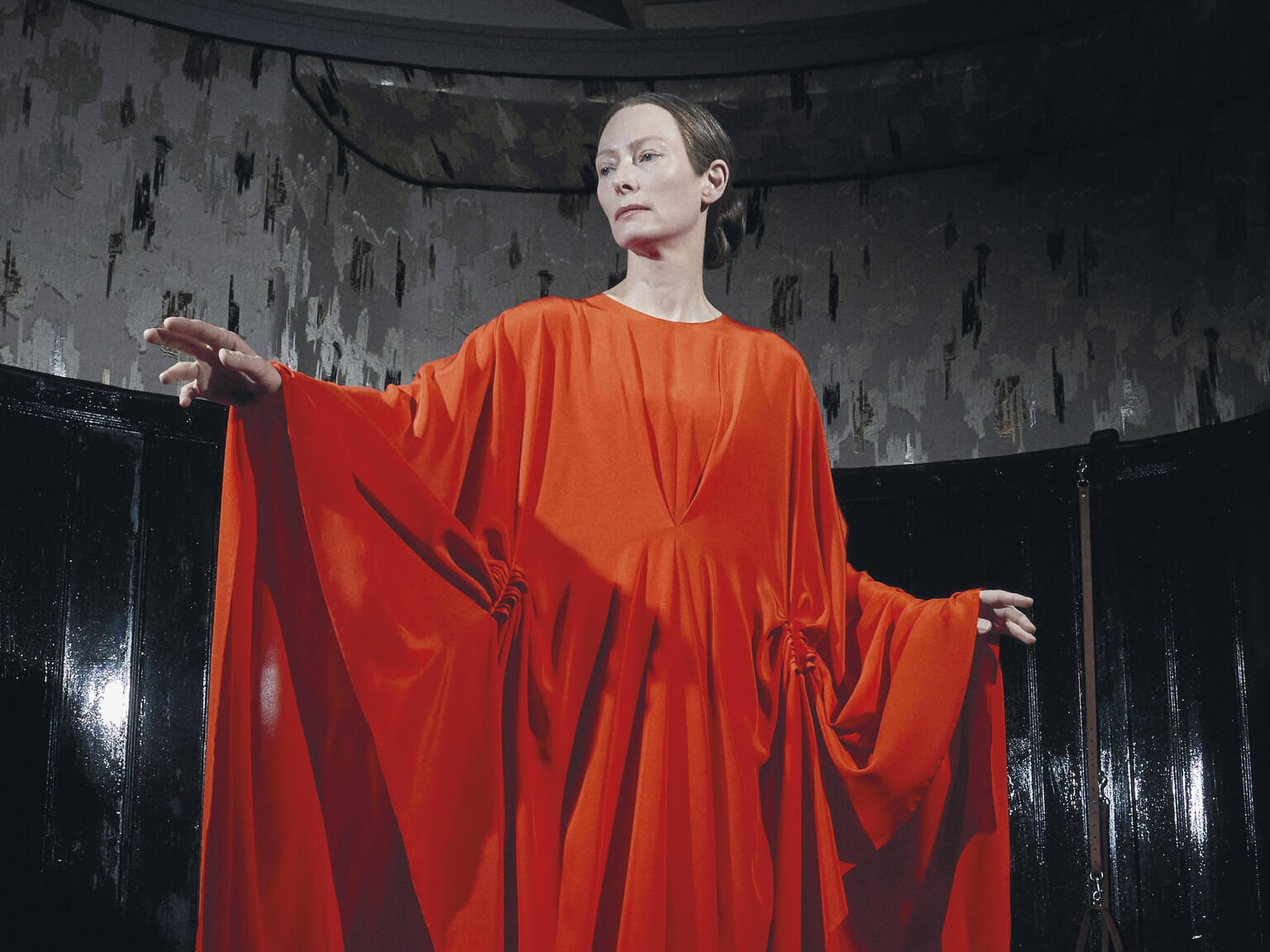
The film’s structure is built on three intertwining threads in which the main character is entangled: the story of her family home and mother’s illness (played by Małgorzata Bela), Dr. Jozef Klemperer from West Berlin (unbelievably but phenomenally played by real psychologist Lutz Ebersdorf), delving into the mysteries of the haunted school, and the matriarchal commune preparing the announced opus magnum performance Volk. There is no room here for musical choreography to lighten our hearts. The dance (of death) in Suspiria is entirely under the control of women, making it not an enticing lure for the male gaze, but a liberation coming straight from the female soul. This is the main feature of contemporary dance – erotic dance doesn’t have to have anything to do with sex.
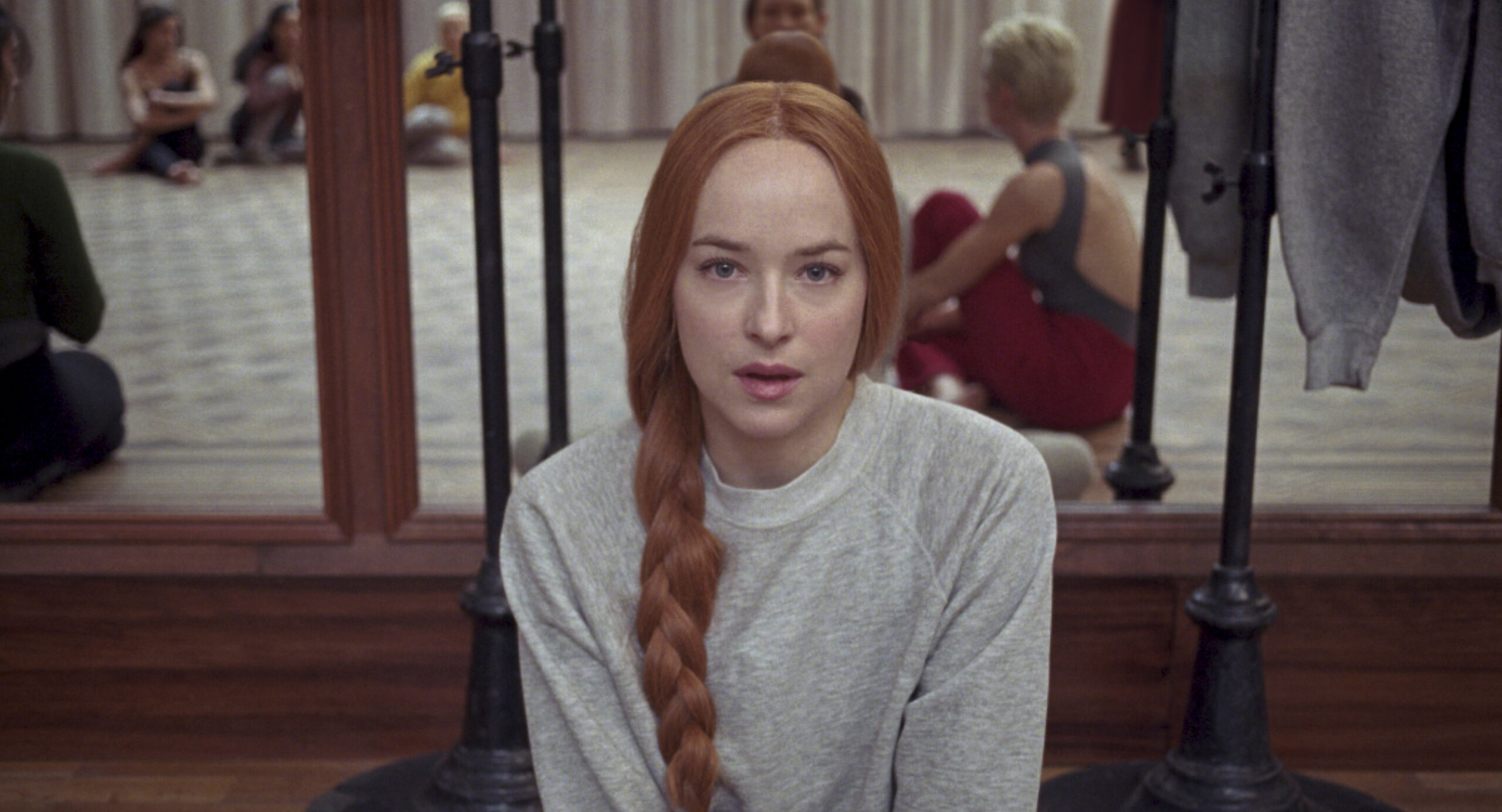
Guadagnino, along with screenwriter David Kajganich (who also wrote A Bigger Splash), mixes Lacanian philosophy with moments of bloody slaughter like in Django, with a choppy, non-linear montage that speeds up bowel movements, and scenes of orgiastic dance that Ken Russell would not be ashamed of. Really, many other comparisons could be drawn, yet it all doesn’t resemble a chaotic mishmash or rehashed material. This is mainly due to the unique narrative and the fascinating Susie-Blanc relationship, not overshadowed by just the polished visual side.
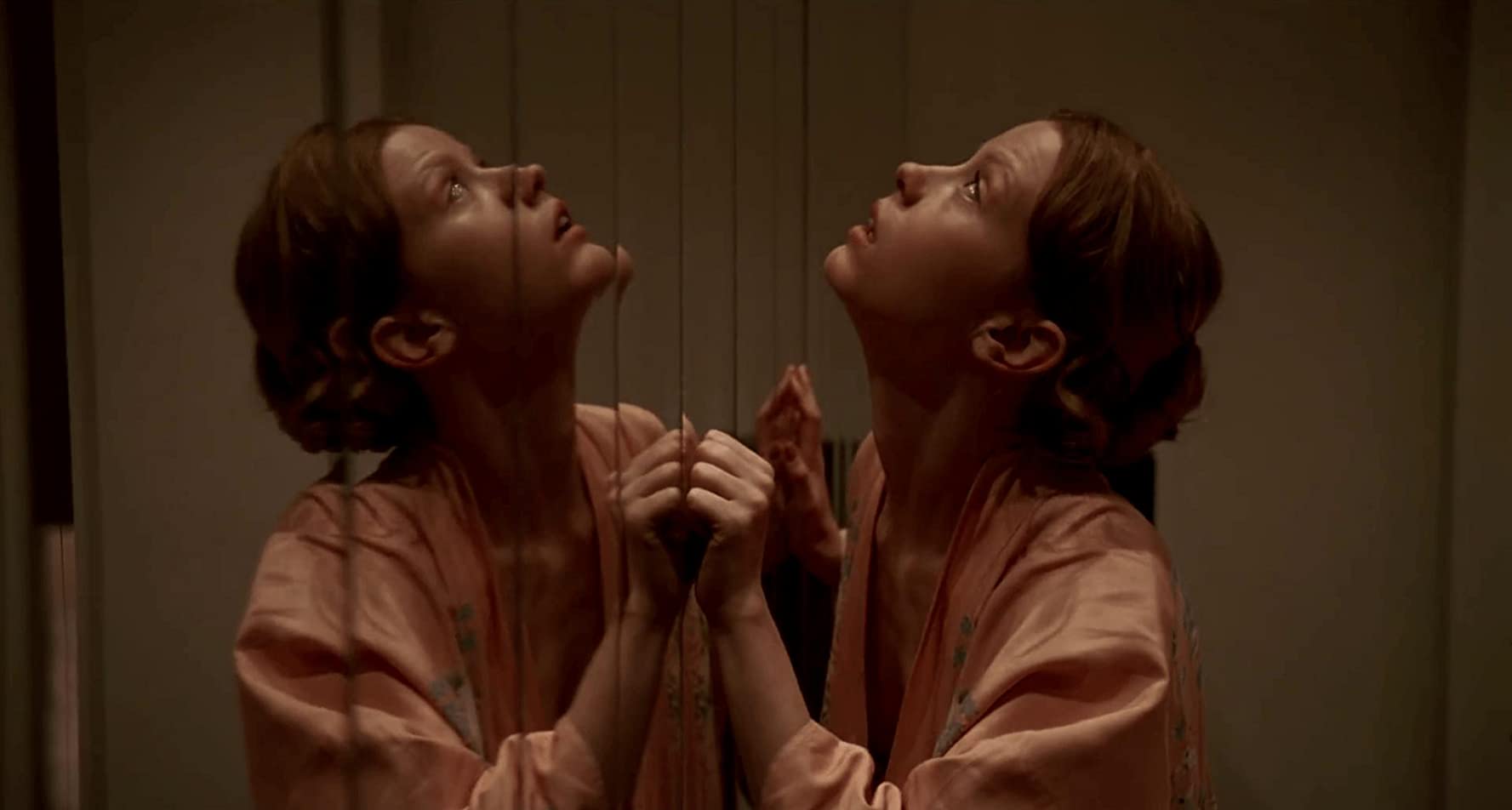
The Italian has accustomed viewers to the original look of his works. Sayombhu Mukdeeprom’s cinematography captures both the grayness of divided Berlin and the ecstatic deep red of the most brutal moments. The film’s texture is rough, dirty, and unpleasant – this is likely thanks to assistant cinematographer Fred Kelemen (who shot Béla Tarr’s films), making Suspiria’s look more German than Italian. Everything is refined by the music composed by Radiohead’s vocalist, which cannot go unmentioned. A cacophony of disturbing sounds is replaced by tracks that can immediately be associated with Thom Yorke’s band. The soundtrack constantly veers towards today’s musical trends, only to merge at the key moment with Argento’s famous, hypnotic motif. It is Oscar-worthy. The movie also confirms the belief that the best horror films don’t have to be scary at all.

